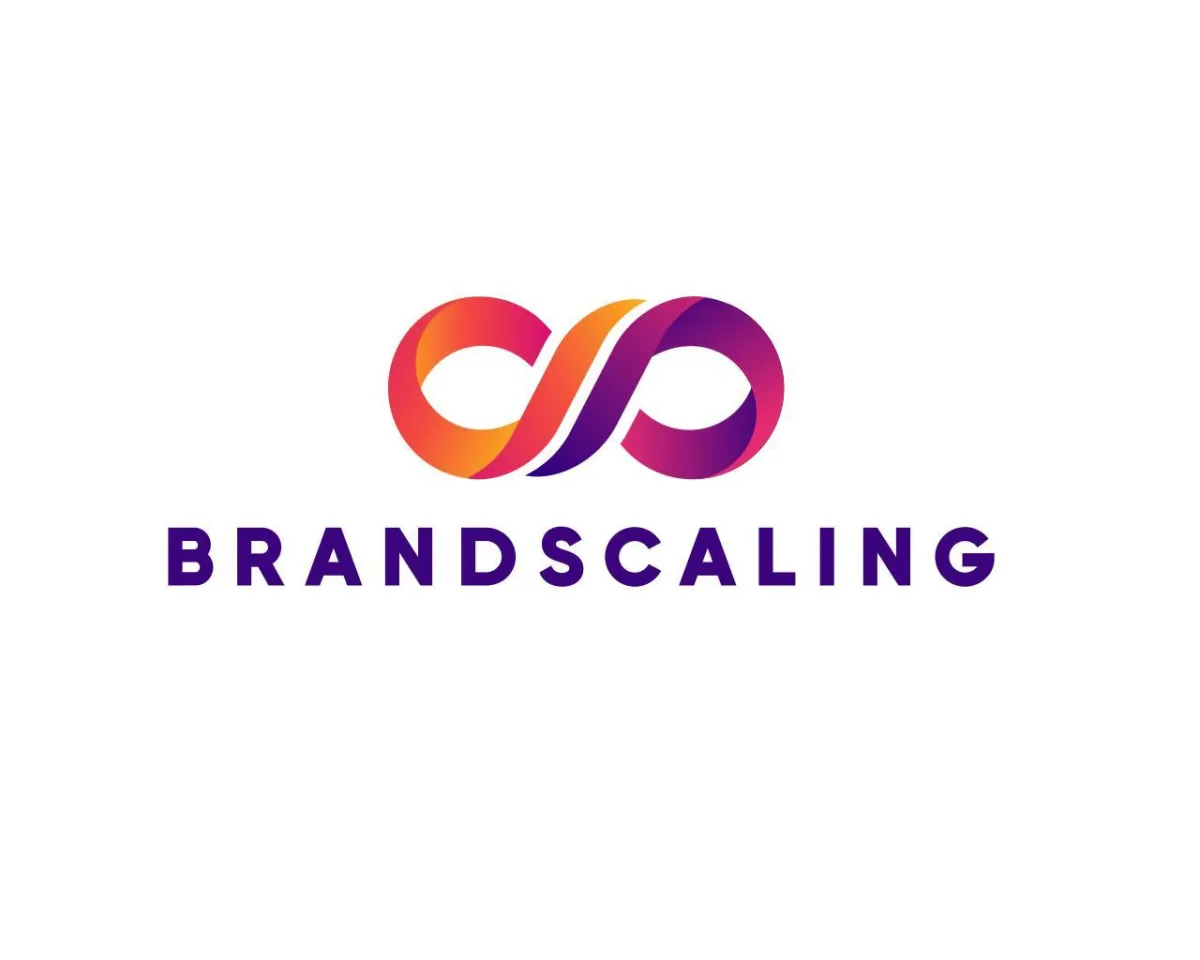Blog

Scaling Strategies: Startups vs Established Businesses
Introduction:
Scaling a business is a challenge, but the approach differs vastly between a startup and an established business. Startups are often characterized by their agility and rapid growth potential, while established businesses focus on sustainable, steady growth. This guide delves into these differences, offering insights into how each type of business can scale effectively.
Understanding the Basics: Startup vs Established Business
A startup is typically in the initial stages of operations, often focused on bringing a new product or service to market. These companies seek rapid growth and are often more risk-tolerant. In contrast, an established business usually has a steady customer base, revenue stream, and a well-defined market presence. Their scaling efforts are more about consolidation and steady expansion.
1. Resource Allocation:
Startups: They often operate with limited resources and need to be strategic about where to allocate them. Priorities include product development, market research, and aggressive marketing to carve out a market space.
Established Businesses: These entities usually have more resources at their disposal. They can invest in technology upgrades, employee training, market expansion, and innovation while maintaining existing operations.
2. Market Approach:
Startups: Startups need to establish market fit and brand identity, often through innovative tactics, guerrilla marketing, and leveraging digital channels to make a big impact with limited budgets.
Established Businesses: They focus on expanding or diversifying their existing market. This might involve exploring new geographic locations, adding new product lines, or tapping into different customer segments.
3. Risk Management:
Startups: Typically more willing to take risks, as they need to quickly establish themselves in the market. They might pivot rapidly, experimenting with different strategies.
Established Businesses: Their scaling is often more calculated, focusing on minimizing risks. They tend to make data-driven decisions and might be more resistant to radical changes.
4. Infrastructure Development:
Startups: Scaling often requires building infrastructure from scratch, including developing new processes, systems, and management structures.
Established Businesses: Scaling involves enhancing and optimizing existing infrastructures. They need to ensure that current systems can handle increased load and may require moderate to significant upgrades.
5. Talent Acquisition & Culture:
Startups: Hiring is often fast-paced, focusing on versatile employees who can wear multiple hats. Preserving the startup culture is a challenge as the team grows.
Established Businesses: They look for specialized skills to fill specific roles. There’s a greater focus on integrating new hires into the existing company culture and values.
6. Funding Strategies:
Startups: They often rely on external funding (like venture capital, angel investors, or crowdfunding) to fuel their growth.
Established Businesses: More likely to fund scaling through internal revenue, bank loans, or issuing shares, given their more substantial financial history.
Conclusion:
Understanding the nuanced differences in scaling a startup versus an established business is crucial for effective growth. Startups must be agile, willing to take risks, and prioritize establishing a market presence. In contrast, established businesses should focus on steady, sustainable growth, optimizing existing operations and carefully expanding into new markets.
Next Steps:
Regardless of whether you’re at the helm of a sprightly startup or steering an established enterprise, the key to successful scaling lies in strategic planning, understanding your market, and staying true to your core business values. For tailored advice and strategies, consider seeking expert guidance specific to your business stage and industry.
Brand Scaling
1B Station Road, Kings Heath, Birmingham, B14 7SR
© 2024 Brand Scaling. All rights reserved.
